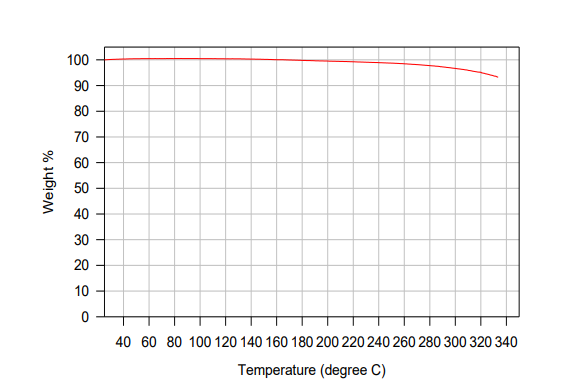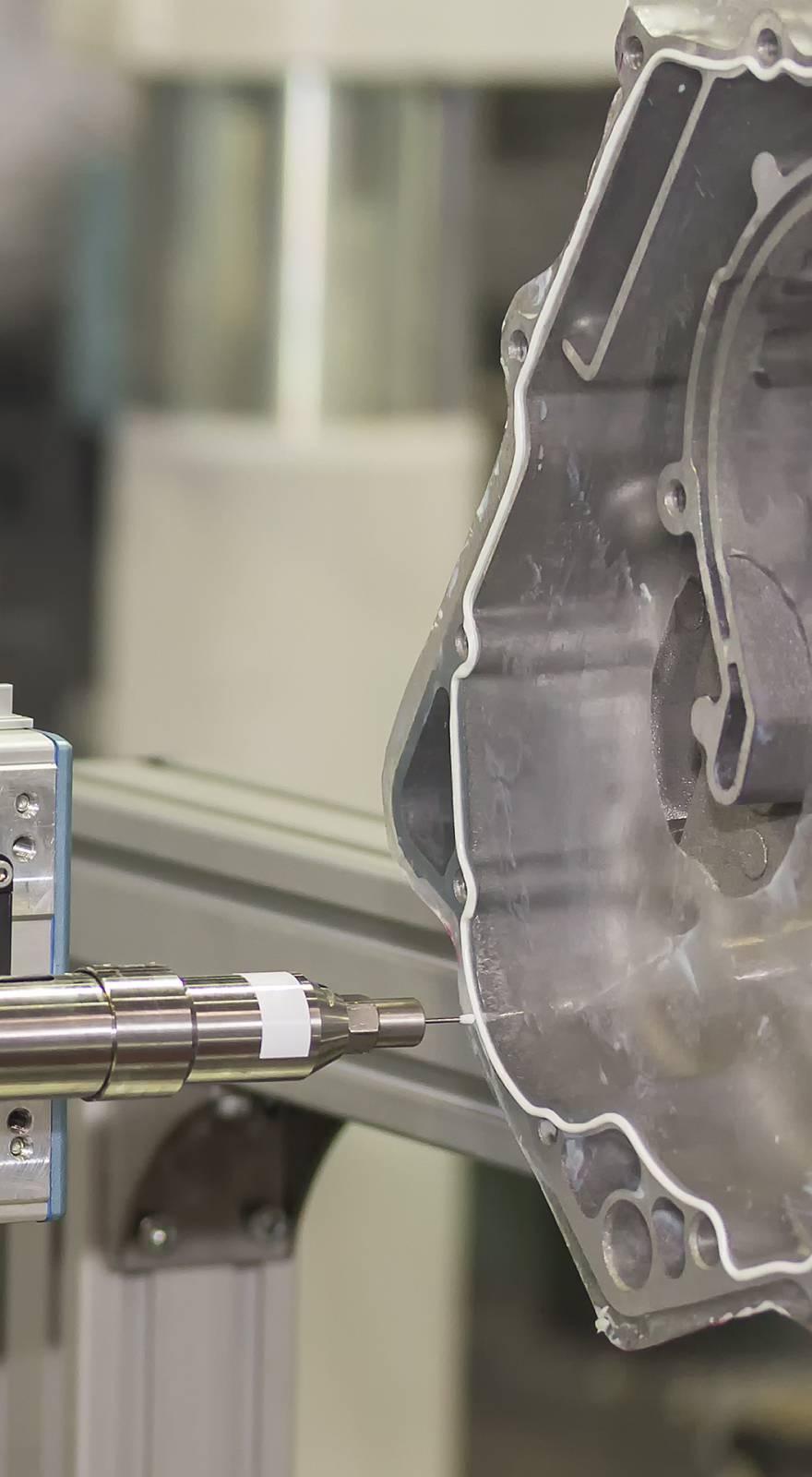Knowde Enhanced TDS
Identification & Functionality
- Chemical Family
- Product Type
- Technologies
Features & Benefits
- Labeling Claims
- Ready-to-Use Product Features
- Features
- Epoxy Only
- High Adhesion
- High Tg
- Long Shelf And Working Life
- Room Temperature Stable
- Not Sensitive To Oxygen In Cure Process
- Excellent Reliability Performances
- Robust For Solder Reflow Process
- Product Highlights
- UV light cure adhesives are solvent-free resins employed for rapid, low temperature curing in fabrication of electronics components. They are especially important when precise alignment of parts and/or short production time is desired. Various types of adhesives be cured by UV light, but most of the commercial adhesives are acrylate- or epoxy-based.
- ACW offers epoxy-based UV cure adhesives which provide a number of advantages. The adhesives have low reactivity including no interaction with LCD and OLED materials. The cured adhesives have high Tg, low outgas, low CTE, and low gas and moisture permeability. They are compatible with solder reflow temperatures and meet many reliability standards such as Telcordia and JDEC Level 3. Bonded parts survive temperature cycling with very small shifting.
- ACW UV cure adhesives are employed in electronics and optoelectronics applications such as active alignment, fiber to V-groove bonding, waveguide assembly, chip edge sealing, and LCD and OLED device sealing. They are designed for UV-transparent substrates.
Applications & Uses
- Applications
- Cure Method
- Coating Type
- Instructions for Use
- Clean the substrates to remove contamination, dust, moisture, salt and/or oil
- Dispense adhesive on substrates
- Bond substrates (with active alignment – optional)
- UV cure to bond
- Thermal post cure (optional)
- Applications
- OLED/PLED edge sealant
- UV-curable epoxy OLED sealant
Properties
- Physical Properties
- Cured Properties
- Uncured Properties
| Value | Units | Test Method / Conditions | |
| Elongation (25°C, 50% RH) | 3.0 | % | ASTM D638 |
| Tensile Strength (25°C, 50% RH) | 50.0 | Mpa | ASTM D638 |
| Young's Modulus (25°C, 50% RH) | 3000.0 | Mpa | ASTM D638 |
| Value | Units | Test Method / Conditions | |
| Coefficient of Thermal Expansion [DMA by compression, 4-5 mm thick sample (Above Tg (x10⁻⁶)] | 110.0 | °C⁻¹ | - |
| Coefficient of Thermal Expansion [DMA by compression, 4-5 mm thick sample (Below Tg (x10⁻⁶)] | 40.0 | °C⁻¹ | - |
| Dielectric Strength (estimated) | 20 - 25 | kv/mm | - |
| Glass Transition Temperature (DMA) | 110.0 | °C | - |
| Hardness | 94.0 | Shore D | - |
| Outgas (Weight, 125°C, 120 hr, air) | 0.1 | % | - |
| Outgas (Weight, per MIL-STD 883/5011) | 0.19 | % | - |
| Outgas (Weight, per Telcordia GR-1221) | 0.13 | % | - |
| Shrinkage (Linear) | max. 0.3 | % | - |
| Water Absorption (100°C Until Saturation) | 0.2 | % | - |
| Water permeability (24 hrs, 50°C, 95% RH, 75 μm film) | 2 x 10⁻⁴ | g/m | - |
| Water Transmission Rate (24 hrs, 50°C, 95% RH) | 3.0 | g/m2 | ASTM E96-80 |
| Value | Units | Test Method / Conditions | |
| Density | 1.1 | g/ml | - |
| Shelf Life (15 - 25°C) | 6.0 | months | - |
| Viscosity (25°C) | min. 90,000 | cps | - |
| Working Life (15 - 25 °C) | 3.0 | months | - |
Technical Details & Test Data
- UV Curing Conditions
UV Metal Halide or Mercury UV light source with UV-A (320-400 nm) with UV light intensity: 200 to 1,000 mW/ cm2
LED-365 nm with UV light intensity: 100 to 1,000 mW/ cm2LED-365 nm UV intensity(mW/cm2 ) x time (sec) or 200 50 sec or more or 300 35 sec or more or 400 25 sec or more or 500 20 sec or more or 1,000 10 sec or more Metal Halide/Mercury(UV-A: 320-400 nm)
UV intensity(mW/cm2 ) x time (sec) or 200 25 sec or more or 300 17 sec or more or 400 13 sec or more or 500 10 sec or more or 1,000 5 sec or more - Thermal post cure at 80 to 100C for 30 to 60 minutes will promote full cure and improve adhesion of bonded parts
- The recommended UV cure dose is at the adhesive. If the substrates absorb curing light, then the actual cure dose needs to be increased.
- TGA DATA
Conditions: scan rate 10°C/min, in air

Safety & Health
- Safety and Handling
The uncured adhesive can be cleaned from apparatus with isopropyl alcohol (IPA), methyl ethyl ketone (MEK), or commercial alcohol based cleaning solution. Avoid direct skin and eye contact. Use only in well ventilated areas. Use protective clothing, gloves and safety goggles.
Storage & Handling
- Storage Conditions
- 15 - 25
- Shipment and Storage
- Shipment: no restriction on shipment and no cold shipment is needed
- Storage: After the adhesive is received in black syringes or amber HDPE bottles, room temperature storage (15-30°C) in the original container is required.

